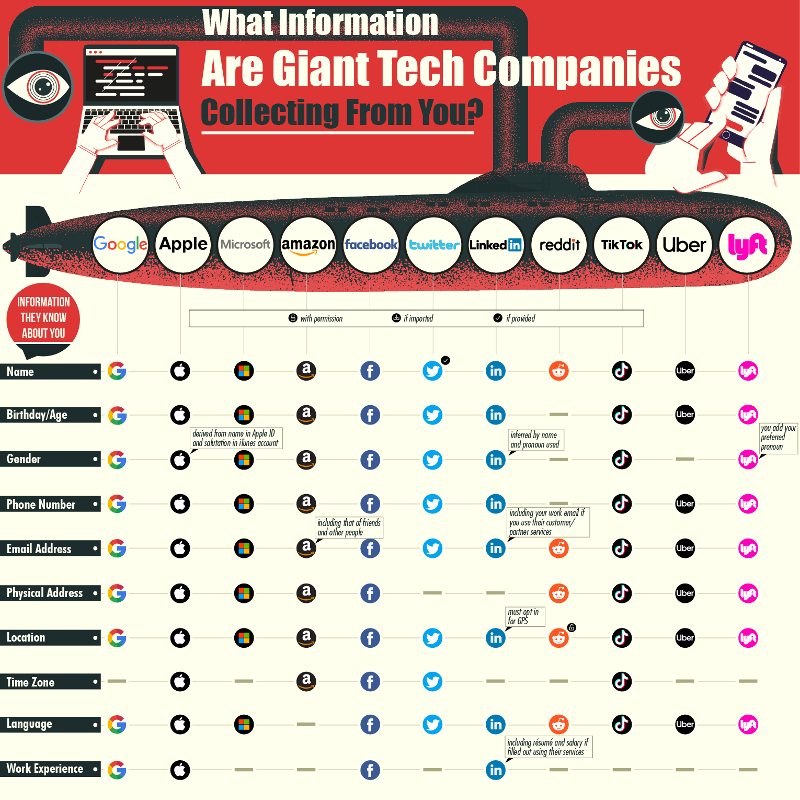You're a writer on AI, ML, or various and sundry other data-oriented TLAs, and you'd like to write an article for Data Science Central. Great! This article is for you. Becoming a blogger on DSC is a good way to promote your proficiency in the field, to get the word out about interesting topics, or to gain the respect of your peers.
The mechanics of publishing on Data Science Central are straightforward:
- If you are not already a member of DSC, set up an account on Data Science Central or one of its related accounts (we're working on single sign-on, but we're not quite there yet).
- Wait for approval (you should receive an email letting you know when we add you to the membership roster.
- Once you are a member, log in, then select Home/Add Blog Post from the menu at top.
- You can use the WYSIWYG editor for content, or slip into HTML Editor mode. We hope to add support for Markdown and code display blocks early next year, but for now, you're somewhat limited in working with code.
- Save your draft with the Save Draft button. When you're ready to publish, select the Publish button.
- All content is moderated. This means that if the editor decides not to publish your article, they will not publish your article. If they do, then it will be published, typically within 2-3 days. If you have any questions, please contact the editors (including me).
- Data Science Central currently does not pay for content. On the other hand, the platform has more than half a million subscribers, so it is a fantastic place to post for exposure, and we do our best to promote content that we feel is worthwhile.
While the mechanics are important, it's also worth spending some time trying to understand what DSC is looking for in content:
- First up: Topics. When DSC was a brand new site, way back in 2012, the term Data Science itself was very novel, and it usually meant people who were able to use a new breed of programming tools (most specifically R, but later Python), to do analytics work, in the wake of the Big Data and Hadoop revolution that was going on at the time. Data Science Central was a cool, pithy name for the site, and as interest in the field grew, so did DSC.
- Coming up on a decade later, things have changed. Being a data scientist has overtaken programming as the wish list career topper that all aspiring nerds want to be when they grow up. Machine learning algorithms and convolutional neural networks are increasingly replacing traditional programming for a variety of activities, and data is becoming strategic within organizations rather than simply tactical.
- To that end, what we at DSC are looking for are stories about data. This can include data analysis tools and modeling, neural networks and data storage and access strategies, modeling, and knowledge representation. It also includes the strategic uses of data, governance, provenance, quality and protection, visualization and creative data story-telling. We're also expanding into those areas of artificial intelligence that are critical to cognitive computing, knowledge graphs, mathematics, and science. Why? Because data science is as much about science as it is about algorithms. Finally, DSC will focus more on the implications of data transformations on businesses, government, manufacturing, society and the individuals within it.
- We're looking for journalism. Some examples:
- "How AI is transforming retail",
- "Will GPT-3 win the Pulitzer Prize?",
- "Data scientists and the political realm",
- "Challenges of contact tracing in a post-COVID world",
- "Penrose, Tiles and the Nobel Prize".
- We're looking for in-depth technical articles -
- "How to digitally transform a company",
- "AI in the Browser",
- "Deep Fakes and the Algorithms That Drive Them",
- "Knowledge Graphs for Publishing".
- We're looking for case studies
- "Point of Failure: When AI Goes Rogue", "
- Wrangling Drones",
- "What happened to the Self-Driving Car?".
- Finally, we're looking for thought leadership -
- "Where Do We Go From Here",
- "Trolley Ethics",
- "Who Really Benefits From AI?".
- We're looking for you to put on your teacher's hat, your prognosticator's hat, your analyst's hat, and tell us the about the world that YOU see.
All this being said, it's also worth understanding what we're NOT looking for.
- We are not looking for marketing pieces. If your product has an interesting toolset and you can dig into how to work with that toolset to solve complex problems, we might consider it, but we're more likely to send our sales-people to you to talk about ways that we can benefit one another (that's beyond of this editor's paygrade ... thankfully).
- We are not yet posting advertisements for jobs (or posting resumes, for that matter). This is not to say we aren't considering doing this, but like everything else, there's complexity in the implementation. If you have questions about either of these, feel free to contact the editors directly, and we can talk. We also have educational promotional products for universities and private institutions.
- Similarly, if you have events that you want to promote, talk to the editors. With the pandemic, we're awash in virtual seminars and conference notifications, but they do have value to the community.
- We occasionally do webinars and interviews, though in general this is likely to be something that we will handle directly. If you LIKE to interview others, either via video or digital print, please contact the editors.
- If you are the author of a book that you'd like to promote in the data science or knowledge engineering space, contact the editors.
Finally, a bit on style - things that will make your editors all tingly with delight, rather than awash in apathy.
- We prefer original content. If you have a paper on ArXiv, for instance,write up a story that summarizes the importance of that content, in more readable and less academic terms. If you want to repost elsewhere, you can do so, but we generally do not repost to existing articles not on the site unless they are exceptional, and that's usually at the editor's discretion, not the writer's.
- DSC is NOT a peer-reviewed journal. We welcome code and data samples (especially as we migrate to a new platform) but ultimately your audience is going to likely be technically proficient but not necessarily deep experts. As a rule of thumb - write to a tenth-grade audience, not a post-doctoral one.
- We LIKE pictures. Diagrams, illustrations, photos, the whole worth a thousand words thing. However, if you do use pictures, make sure you have the rights to them. Our lawyers get unhappy when we have to speak with the other guy's lawyers. While on the current platform it's a bit awkward to do, we would also like to start including a splash graphic at the top of the article, primarily to generate thumbnails.
- Also, make sure you upload a good image of yourself when you are making your account.
- In general, we prefer articles that run between about 600 and 1800 words.
- We're looking for professional writing - concise, easy to read, broken up into clear paragraphs.
- Identify your name, your title, and work or school affiliation.
- If you can, include a three to six bullet point list (called Data Points) covering the highlights or takeaways for the article itself. If these correspond with section headers, even better, but try to provide to your reader something to make them want to read your article.
- In general, DSC editors prefer fewer (or no) links to outside references, especially if they are promotional in nature. We also reserve the right to link to definition content on other TechTarget properties. If you do include links, try to make sure that they open in a separate pane (should be easier to do shortly), and in general such links should only appear at the bottom of the article, rather than inline (think footnotes)
- Include a short bio at the bottom of your article. You can link to a personal website or linked in page in the bio.
- Articles that are in draft form for longer than three months will be deleted.
- If you wish for an editor to review your comment and give you feedback, add an [Editor] tag at the bottom of the article with your questions. This will be deleted once the article is ready for publication.
- DSC makes no guarantees that it will publish an article once it has been submitted, though we will attempt to get back to you as quickly as possible about whether the article was accepted or not.
Have fun, be creative, and take a chance. Welcome to Data Science Central.
Kurt Cagle
Community Editor
Data Science Central
from Featured Blog Posts - Data Science Central https://ift.tt/2HzDTjH
via Gabe's MusingsGabe's Musings



